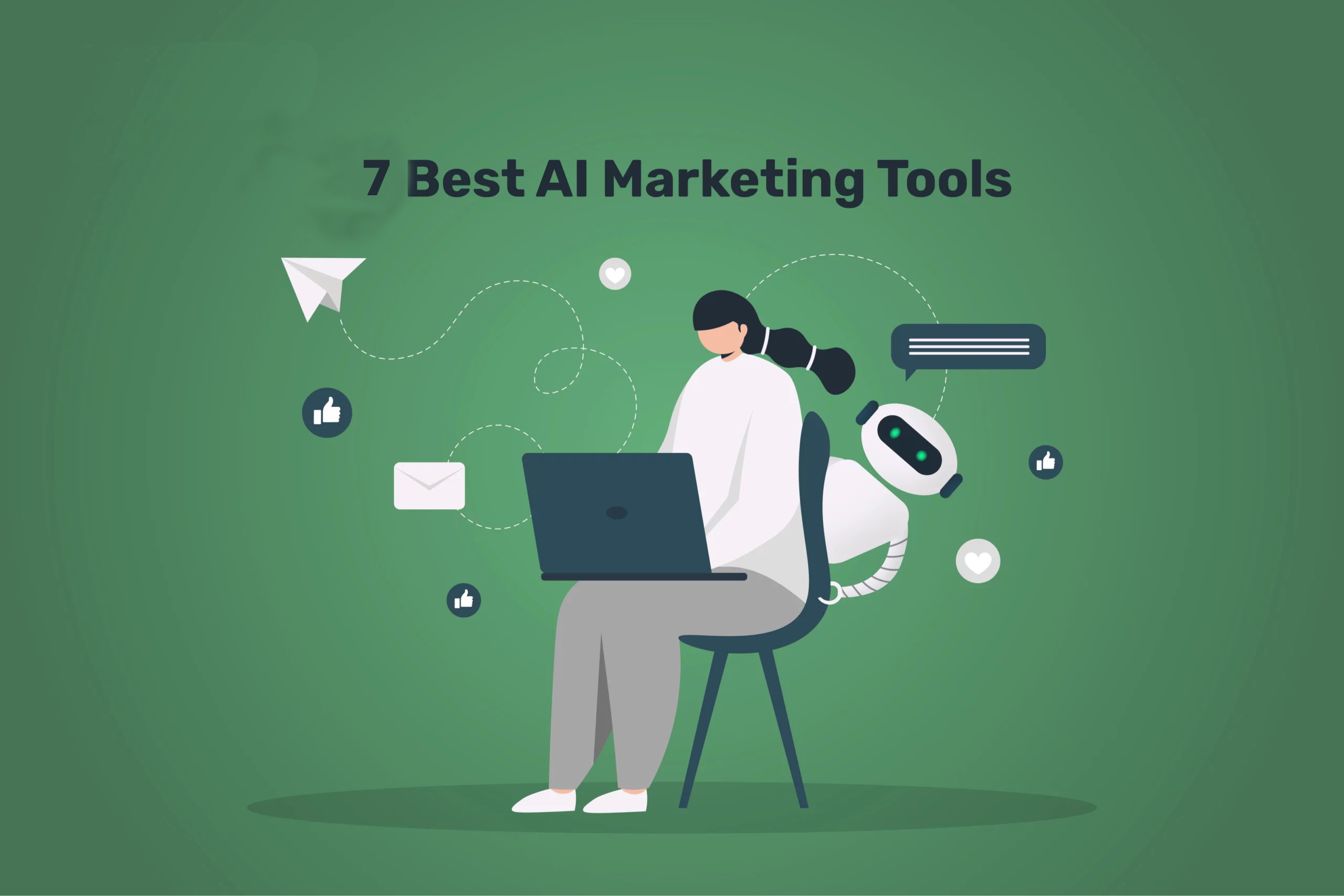Artificial General Intelligence (AGI) is one of the most exciting and complex topics in the world of technology today. It’s a type of AI that is not limited to specific tasks like the AI systems we use today but is capable of understanding, learning, and applying knowledge across a wide range of topics—just like a human.
Understanding AGI is crucial as technology continues to evolve because it can potentially change almost every aspect of our lives. This article will explore what AGI is, how it works, and what the future might hold for this groundbreaking technology.
What is Artificial General Intelligence?
Artificial General Intelligence (AGI) refers to AI that can perform any intellectual task that a human being can do. While today’s AI, known as narrow AI, is designed to perform specific tasks—such as playing chess, diagnosing diseases, or recommending movies—AGI is intended to be much more versatile. Unlike narrow AI, which is limited to the task it was designed for, AGI would be able to think, learn, and apply knowledge to any problem it encounters.
For example, while a narrow AI can help you find the fastest route home, AGI could help with that, learn a new language you age, help solve a compact problem, and offer advice on fixing your car. AGI would have general intelligence similar to that of humans.
The History of AGI
The idea of AGI isn’t new—it dates back to the early days of computing—the concept of creating a machine that can think like a human fascinated many early computer scientists. One of the key figures in the development of AI was Alan Turing, a British mathematician, who proposed that machines could eventually exhibit intelligence comparable to humans. His famous “Turing Test” was designed to assess whether a machine could exhibit human-like intelligence by conversing in a way that was indistinguishable from a human.
Since then, AGI has seen slow but steady progress. Key milestones in the development of AI include the creation of neural networks, advancements in machine learning, and breakthroughs in processing power. However, despite decades of research, true AGI has yet to be achieved, and scientists continue to explore how to develop it.
How AGI Works in 2024

At the core of AGI is the idea of machine learning, which allows machines to learn from data and improve over time. Machine learning models use algorithms to find patterns in vast amounts of information, enabling AI systems to “learn” without being explicitly programmed for every task. Another critical technology behind AGI is neural networks, inspired by how the human brain processes information. Neural networks help machines recognize patterns in data, such as images, sounds, and text.
To simplify, you can think of AGI as a student constantly learning and improving. The more data the system is exposed to, the better it gets at solving problems. The challenge, however, is building an AGI system that can learn and apply knowledge as broadly as humans do, not just in specific areas like narrow AI.
Potential Applications of AGI
The potential uses of AGI are vast and could revolutionize many industries. In healthcare, AGI could assist doctors by diagnosing diseases with high accuracy, recommending personalized treatments, or even helping with research for new medicines. AGI could act as a tutor in education, providing individualized instruction for students based on their unique needs and learning styles. In transportation, AGI could lead to fully autonomous vehicles that drive better than humans, reducing accidents and improving efficiency.
Imagine a world where AGI is integrated into smart homes, personal assistants, and even entertainment systems, making every aspect of life easier and more connected.
Challenges and Risks of AGI

While AGI holds a lot of promise, significant challenges and risks are associated with its development. One major challenge is ensuring that AGI can learn in a safe and controlled way. If AGI systems become too advanced, there are concerns that they could behave unpredictably or even cause harm. This leads to ethical concerns about whether AGI should be built at all and how it should be used.
There are also concerns about AGI replacing jobs. If machines can think and perform tasks like humans, many fear that AGI could lead to widespread unemployment. Additionally, another major challenge is ensuring that AGI systems are free from bias and operate in a fair and just way.
The Future of AGI
The future of AGI is still uncertain, but ongoing research in the field is advancing rapidly. Scientists and tech companies worldwide are exploring new ways to make AGI a reality. Some believe we could achieve AGI within a few decades, while others think it may take much longer. Regardless of the timeline, AGI will likely play a significant role in the future of technology and society.
As AGI continues to develop, it’s essential to consider how it will affect our lives. Will it make our lives easier or introduce new problems we have yet to consider? These are questions researchers and ethicists are trying to answer.
AGI vs. Human Intelligence
One of the most exciting aspects of AGI is how it compares to human intelligence. While AGI aims to mimic human thinking, the two have fundamental differences. Emotions, experiences, and consciousness shape human intelligence, whereas AGI operates purely on logic and data. While AGI may excel in areas requiring computation and analysis, human intelligence has creativity, empathy, and intuition, which are difficult to replicate in machines.

However, AGI could surpass human intelligence in areas like processing speed and accuracy, but it may only partially capture the unique qualities that make human intelligence special.
How to Stay Informed About AGI
If you’re interested in learning more about AGI, there are several ways to stay updated. You can follow tech news websites, listen to podcasts focused on AI, or read books by leading experts. Websites like MIT Technology Review podcasts like Lex Fridman’s AI discussions and books like Nick Bostrom’s “Superintelligence” provide valuable insights into AGI and its implications for the future.
Conclusion
Artificial General Intelligence is a fascinating and complex field that could transform our lives and work. Understanding AGI is essential as we move toward a future where technology plays an even more significant role in our daily lives.
While AGI presents incredible opportunities and important challenges, its development could unlock new possibilities we can only imagine today. What do you think the future holds for AGI? Share your thoughts and join the conversation about this exciting technology.





